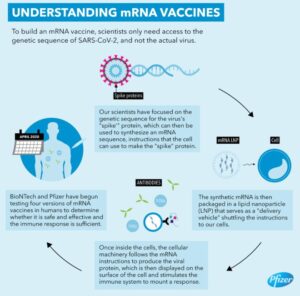
My previous post discussed two studies that seem to indicate masks have little effect when it comes to stopping the spread of COVID-19. I had several Facebook commenters who disagreed with my interpretation of the studies, which is not surprising. One commenter linked a recent study promoted by the CDC, which makes the remarkable conclusion that in Kansas, counties that adopted a mask mandate saw a 6% decrease in new cases, while those that did not adopt the mandate saw a 100% increase. If true, that indicates masks have a strong effect when it comes to stopping the spread of COVID-19. After reading the study and doing my own analysis of the numbers, I have to say that unfortunately, it is not true.
Once again, let me preface this by saying that I am not anti-mask. I wear a mask whenever I am in public, and I did so even before my state made it mandatory. In addition, I am not telling people to stop wearing masks. As I said in my first post, any mask not made specifically for viruses will be pretty much worthless in protecting the wearer. However, a mask does reduce the number of water droplets that the wearer spews into the air, and since those droplets can contain viruses, it probably does protect the people around the wearer, albeit to a small extent. Thus, you should wear a mask. At the same time, however, you need to have a realistic idea of what kind of protection it provides. So far, the data say it offers only a little protection.
With that out of the way, let’s look at the study. It examined various counties in Kansas that adopted a mask mandate on July 3, 2020 and compared them to the other counties that did not adopt a mask mandate. It developed a seven-day rolling average of new COVID-19 cases for both sets of counties and compared the numbers before July 3 and After July 3. The graph (shown near the bottom of the study) shows that while the 7-day rolling average continued to climb for those counties that did not adopt a mask mandate, it fell a bit for those counties that did. Thus, the mask mandate actually reduced COVID-19 cases, while lack of a mandate resulted in a steady increase in cases.
Continue reading “Kansas Confirms Mask Mandates Don’t Do Much To Prevent the Spread of COVID-19”



 Carbon dioxide absorbs the infrared radiation that the earth emits, trapping it before it leaves the planet. This warms up the atmosphere, making the earth a haven for life. Obviously, then, the more carbon dioxide we put into the atmosphere, the warmer it will get, right? Not necessarily! As I tell my high school and university students over and over again: Science isn’t simple! As a result, conclusions that seem “obvious” to most people (even most scientists) are often absurdly wrong.
Carbon dioxide absorbs the infrared radiation that the earth emits, trapping it before it leaves the planet. This warms up the atmosphere, making the earth a haven for life. Obviously, then, the more carbon dioxide we put into the atmosphere, the warmer it will get, right? Not necessarily! As I tell my high school and university students over and over again: Science isn’t simple! As a result, conclusions that seem “obvious” to most people (even most scientists) are often absurdly wrong.